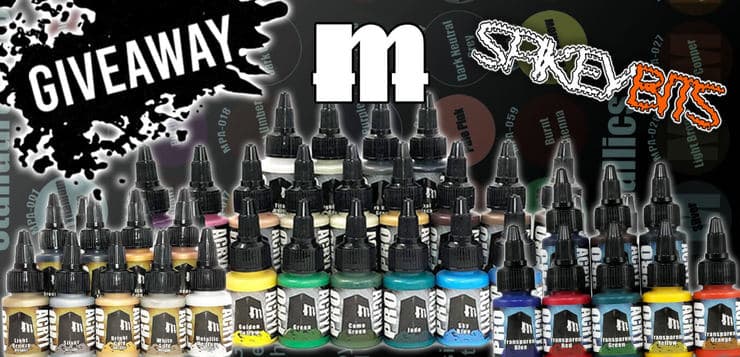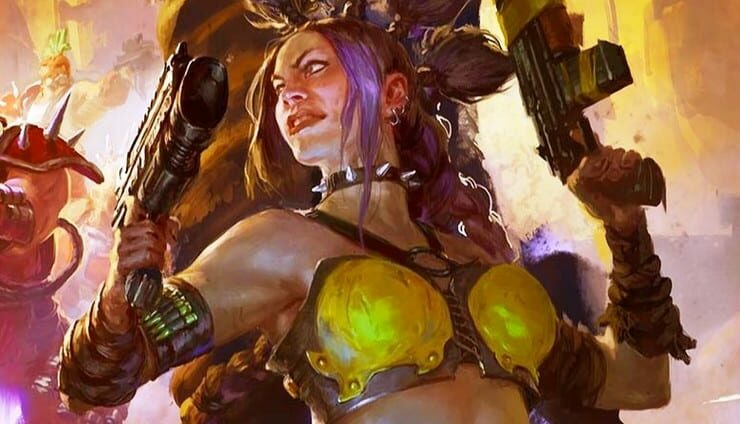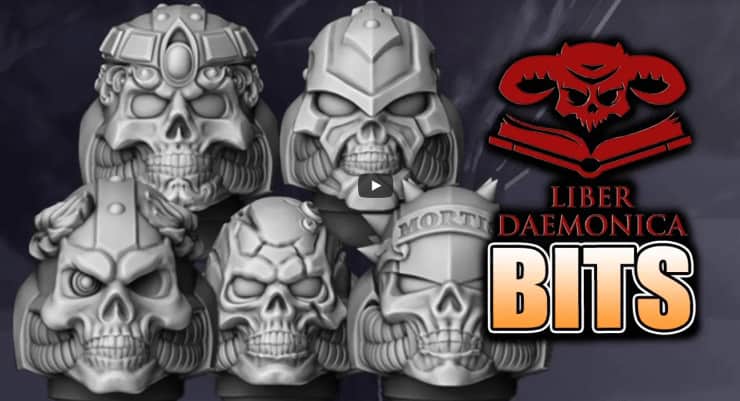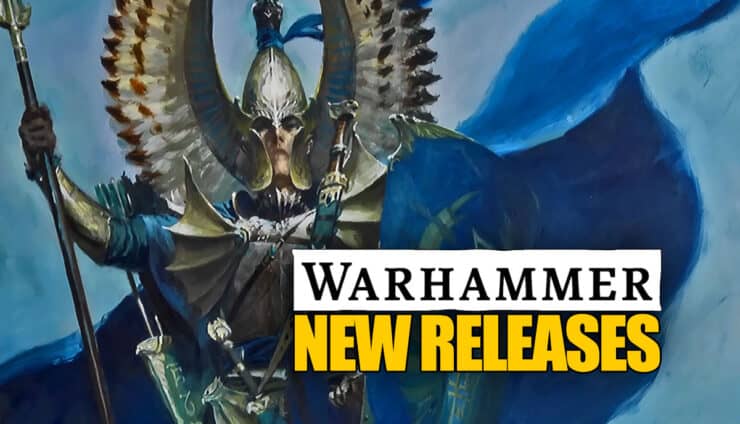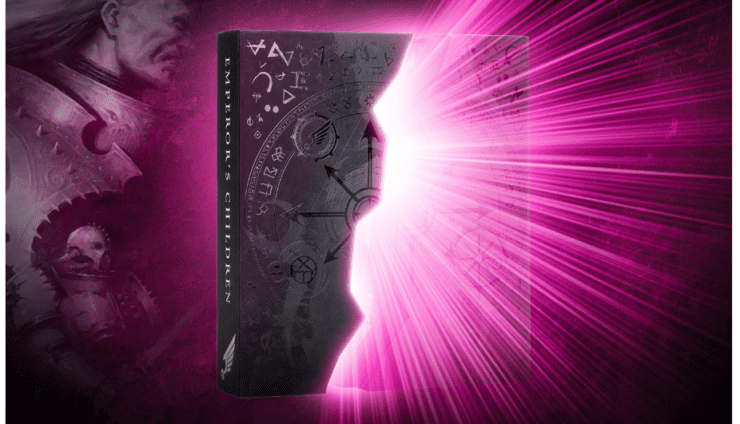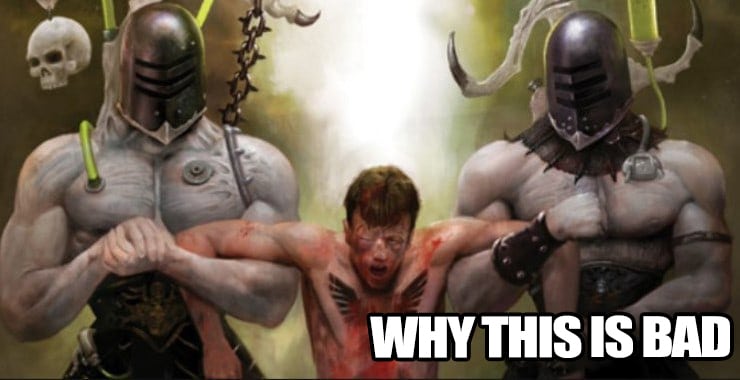 You might be surprised by how little revenue game stores will make this week because of the GW allocations- here’s why this may be pretty bad.
You might be surprised by how little revenue game stores will make this week because of the GW allocations- here’s why this may be pretty bad.
Some of this article is from one we ran previously when the crisis began. However, I think that more now than ever it is important to remember some of the more visible fixed costs associated with running a game store, most of which right now are sitting unused, but still costing your local game store hundreds if not thousands of dollars in some cases a month.
How Little Game Stores Are Making Now Because of GW…
We’re going to start off talking about your standard 4×6 gaming table because even though they may not be used, they are still taking up room in stores.
We also have to consider all space that the players use to walk around and set their stuff on as well. If you’ve played Warhammer longer than thirty minutes, you’ll know that there’s a ton of players that go to LGSs with boxes on top of boxes of models. That takes up space sometimes around but mostly under tables as well.
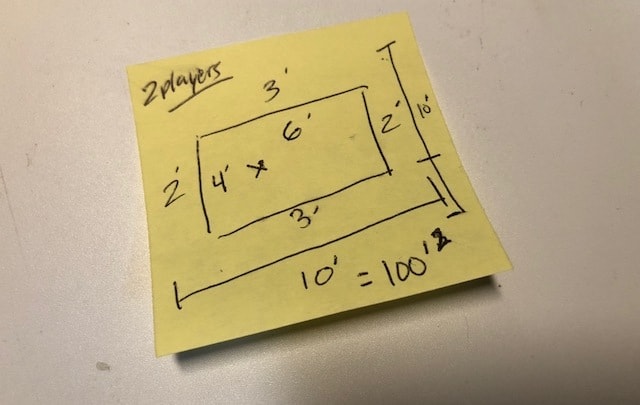
At 100 sq feet, the monthly cost totals add up to be just over $100 a month. How’d we get there? Well, $13/sq ft x 100 for the game table space equals $1300, then divided by 12 months, and you get $108.
Now here’s the kicker. How many LGSs do you know of that only have one gaming table? If a store has four tables, that may be at least $400/month on wargaming table space alone.
Wargamers vs. Cardgamers
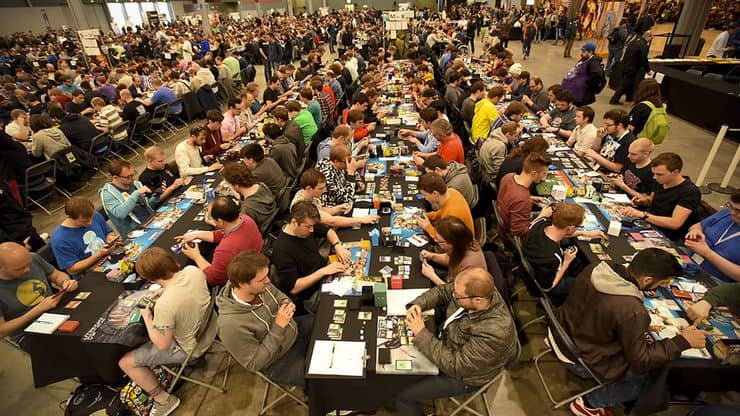
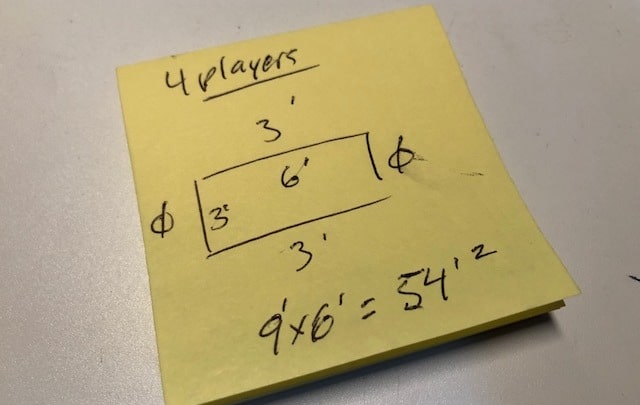
Based on our math above the “rent” on a game table such as this is just a little over $50 a month, as well. Imagine if you put eight card gamers at a table that size, it’s the same rent as the game tables above for twice the players.
Step 3… Profit?
Looking at it from a business standpoint, four, or even six-card gamers are more likely to buy more drinks and card packs (which have good margins and are sold in quantity) more frequently than a pot of paint, or even a new model for their army.
Sure, stores sell pots of paint on the regular. There is no doubting that. Plus hot models like the Knight Castellan and Repulsors sold like hotcakes in stores when they first came out.
With the overall price of GW’s products recently increasing, the margin of profit on kits and paints has remained constant, while prices have gone up. Meaning players may just not be buying as much these days.
Plus with stores play areas closed in a lot of cases, they are simply buying even less.
Win a Set of Pro-Acryl Paints: Enter Now!
Red is the New Black
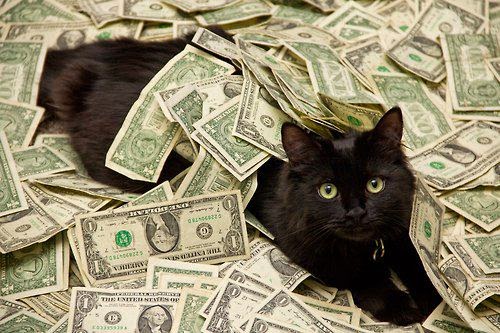
Yes, $2400 is not exactly a 35% margin but it’s close enough for quick maff in this example IMHO. Let’s keep going.
So $2400 to “break-even” right? Wrong: YOU NEVER EVER WANT TO JUST BREAK EVEN IN RETAIL. Breaking even (or less really- is the kiss of death) at that amount you can’t afford anything extra to pay any bill. No A/C no heat, no payroll, no electrical, no nothing. If you don’t sell at least $2400 a month to pay for just space those tables occupy you go broke.
To be safe and still have money left over for all things that makes a game store a game store, well, you have to sell more, lots more, which is totally do-able with a diverse lineup of products and services for your customers.
But then COVID hit, and may store are just going straight retail which negates a lot of those in-store impulse or last-minute purchases that really help pad the bottom line of stores.
Winter IS Coming
So now with two weeks of fresh allocations on new release items from GW, stores have even fewer ways to generate the revenue they need to survive.
Let’s assume that this week your local game store buys and sells out of every model kit and book they can buy from GW this week.

Compare that $2400 “break-even” cost above just for play space to this week’s release allocations, and you can see put to a whole month basis the numbers are troubling. Even with the help of a diverse lineup of non-GW products, it could become very hard for any game store to cover their rent for the duration of this crisis with weekly allocations like this.
Why You Mad Bro?
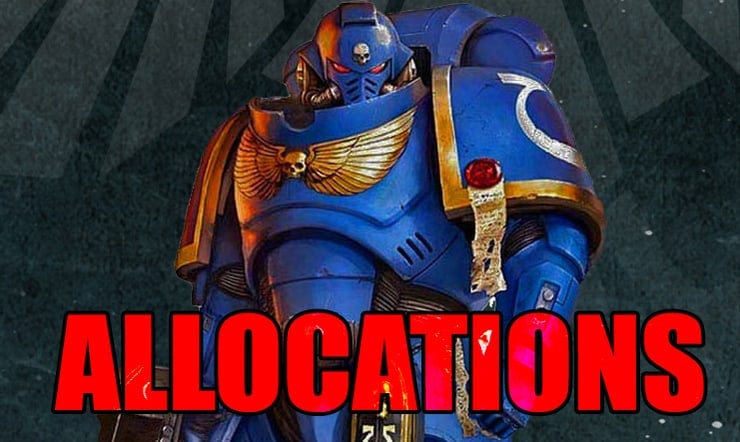
“our webstores are standing by to take your orders, and our factories and warehouses are operating safely – so your weekly Warhammer new releases will keep coming!”
One, nothing mentioned about thier partner stores, two the new releases will “keep coming”, and three their (GWs) webstores are ready for your order.
Would that not simply make your blood boil as a game store owner? As a former game store owner myself, I know it would mine, and that is why I am writing this article.
I very much hope can help you see the plight that stores may be in, and how after months of being pushed around by Games Workshop (first Catachan Colonel, then Indomitus, and now this) you can understand why it may be so very important to spend your hobby dollars at Your Local Game Stores so that THEY and not GW can get the lions share of the proceeds to help them in these uncertain times.
With all of this covered, how are your Local Game Stores doing- are they having any issues with GW?
Let us know in the comments of our Facebook Hobby Group, and make sure you enter the latest monthly giveaway for FREE today!
